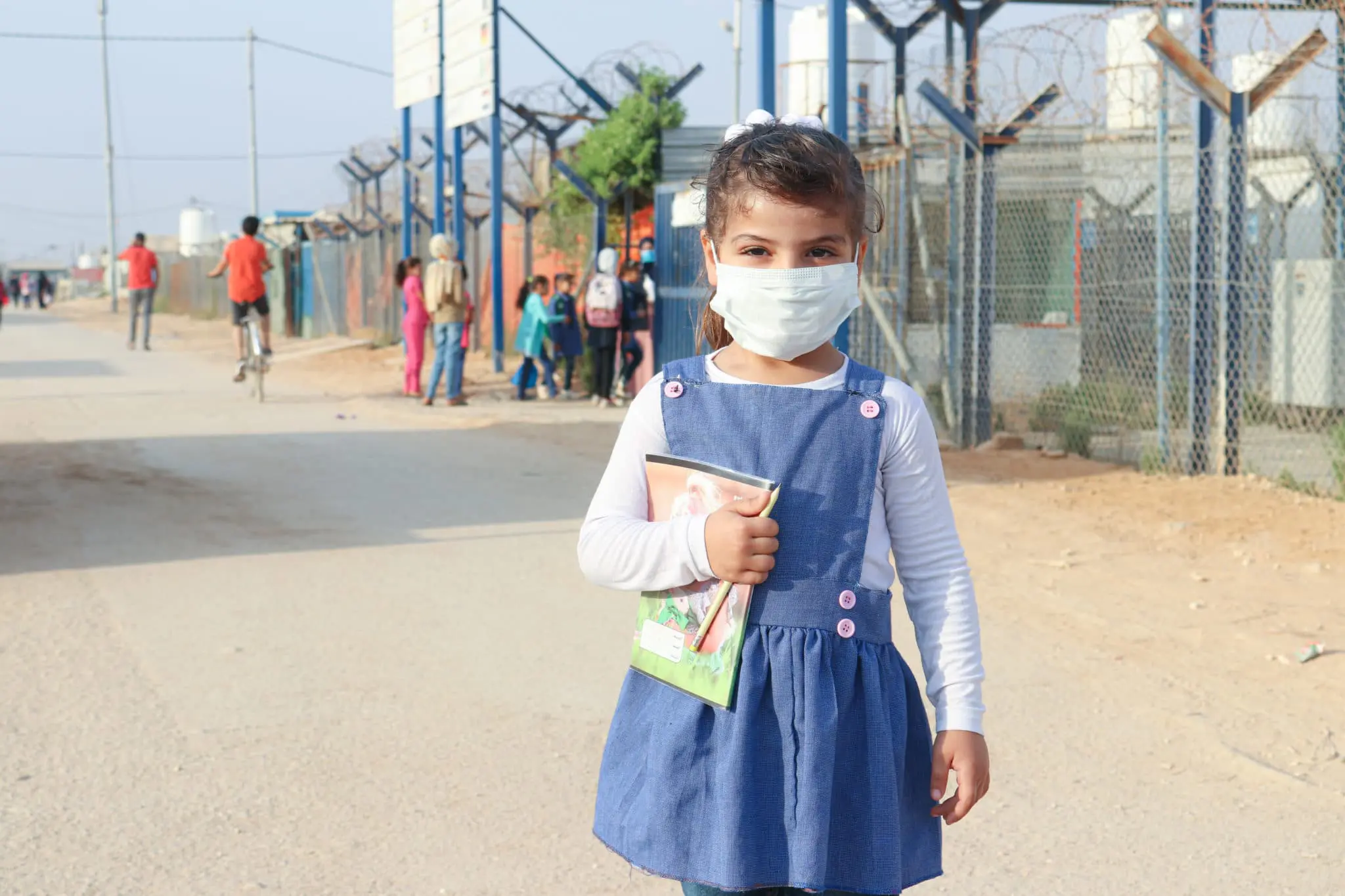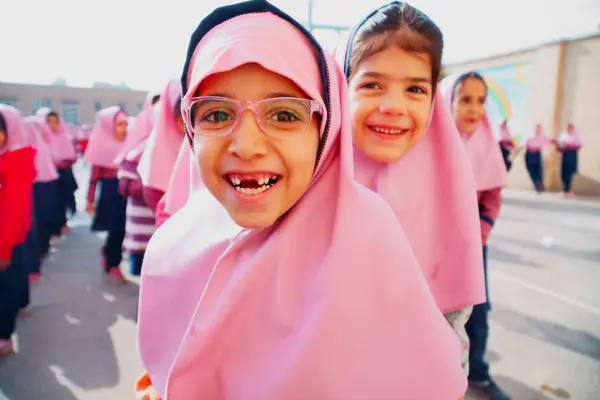
A Syrian refugee girl returns to school at Zaatari camp in Jordan. © UNHCR/Shawkat Alharfosh
OTTAWA, CANADA, 8 FEBRUARY 2021 – UNHCR, the UN Refugee Agency, welcomed today “Together for Learning” – a new three-year campaign from Global Affairs Canada that will support quality education for refugee and displaced youth, and host communities that welcome them.
“All children and youth deserve a chance at a bright future, including refugees,” said Rema Jamous Imseis, UNHCR’s Representative in Canada. “UNHCR greatly appreciates Canada’s continued and sustained leadership on education, one of our biggest concerns worldwide.”
“Half of the world’s refugee children were already out of school, and with the additional challenges posed by the pandemic, many – especially girls – risk never going back to class,” said Jamous Imseis.
UNHCR’s most recent annual report on education, “Coming Together for Refugee Education,” published in September 2020, found that while children in every country have struggled with the impact of COVID-19 on their education, refugee children have been particularly disadvantaged. Before the pandemic, a refugee child was twice as likely to be out of school as a non-refugee child. The report predicts that this is set to worsen, as many may not have opportunities to resume their studies due to school closures, difficulties affording fees, uniforms or books, lack of access to technologies or because they are being required to work to support their families.
UNHCR, governments, and partners are working tirelessly to bridge critical gaps and ensure the continuity of education during the pandemic through connected learning, television and radio, and by supporting teachers and caregivers to engage with students while observing the latest health guidelines.
“Despite the enormous challenges posed by the pandemic, there is hope on the horizon,” said Jamous Imseis. “With greater international support to refugees and their host communities, and by putting refugee youth voices at the heart of our work, we can expand innovative ways to protect the critical gains made in refugee education over the past years.”
Quick Facts and Figures
- At primary level, gross enrolment of refugee children in school stands at 77 per cent.
- The contrast between primary and secondary level enrolment remains stark. Less than half of refugee children who start primary school make it to secondary level, and only 31 per cent of refugee children were enrolled at secondary level in 2019 – this was nevertheless a rise of two points on the previous year, representing tens of thousands more children in school.
- Even if refugee adolescents overcome the odds and make it through secondary school, only 3 per cent will be lucky enough to get a place in some form of higher education.
- For refugee girls, the threat is particularly grave. Refugee girls already have less access to education than boys and are half as likely to be enrolled in school by the time they reach secondary level. • UNESCO estimates that if all girls completed primary school, child marriage rates would fall by 14 per cent. If all refugee girls finished secondary education, the rate would plummet by 64 per cent. The research shows that each additional year of school can increase a girl’s earnings by up to 20 per cent.
For more information and interview requests:
In Ottawa, Melanie Gallant, Head of Communications and External Relations, gallant@unhcr.org



